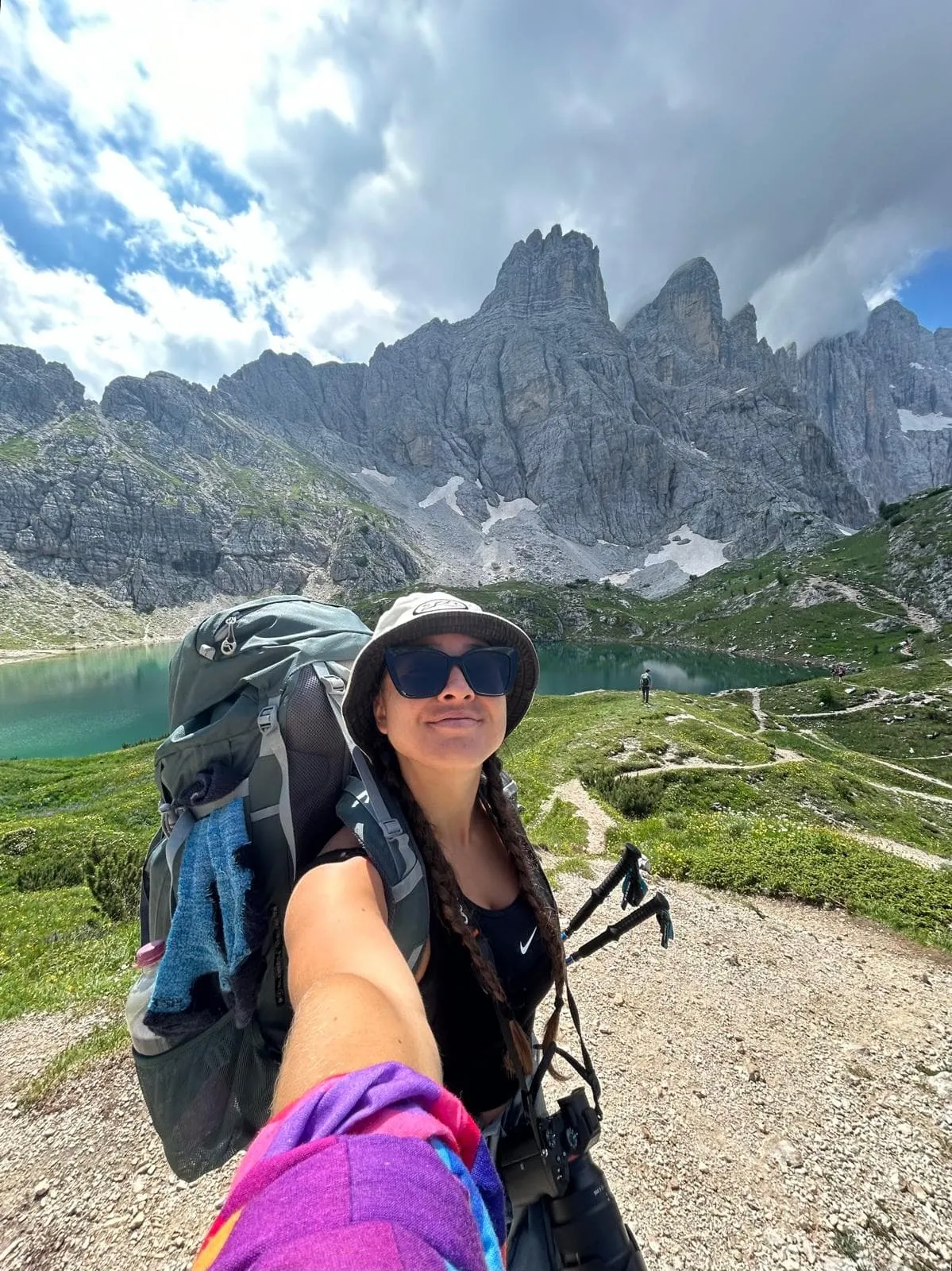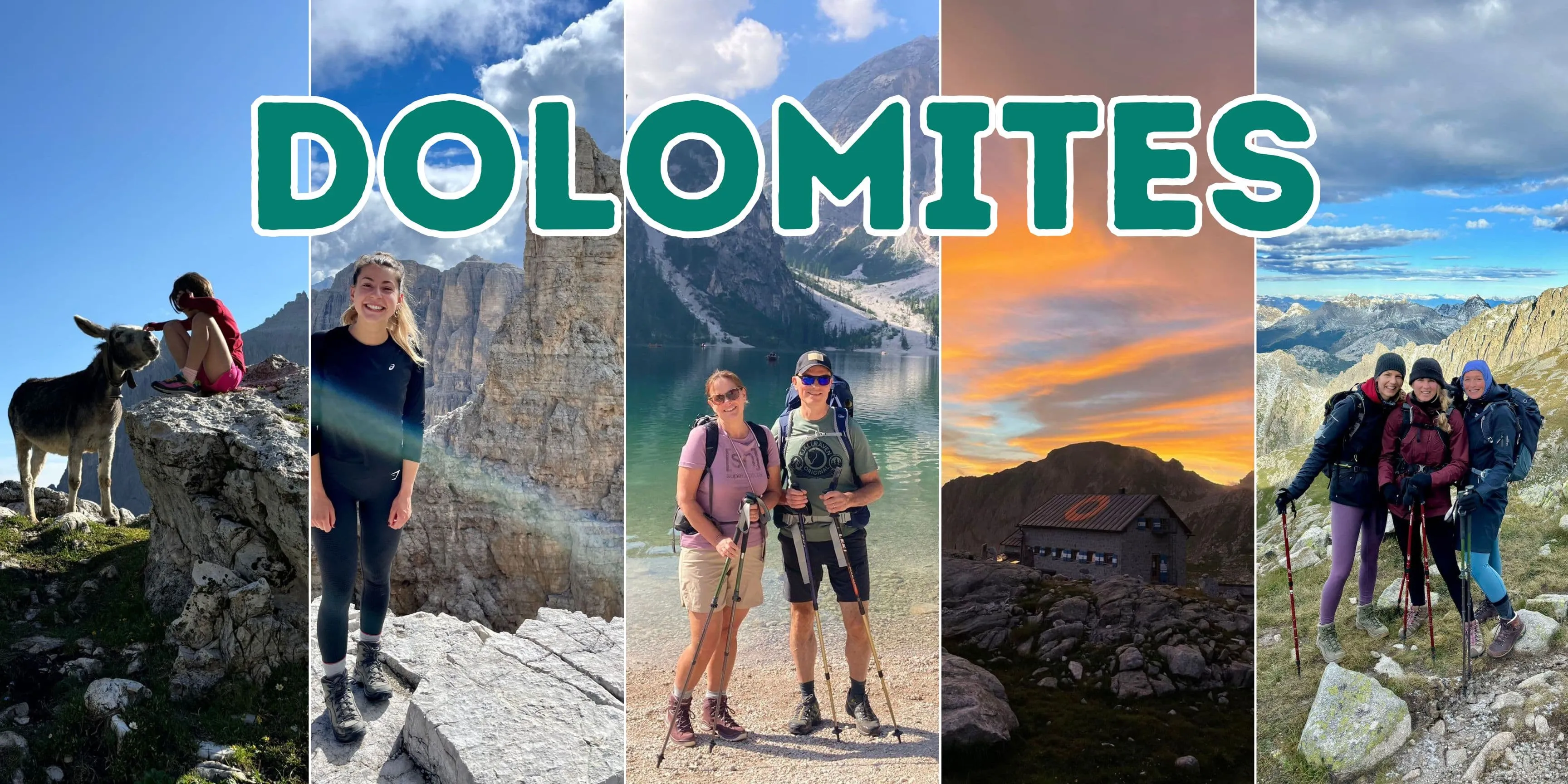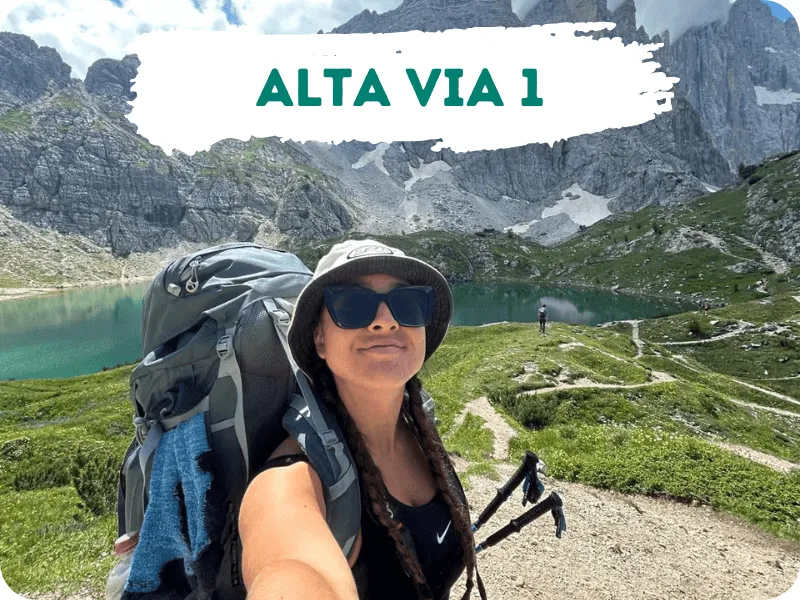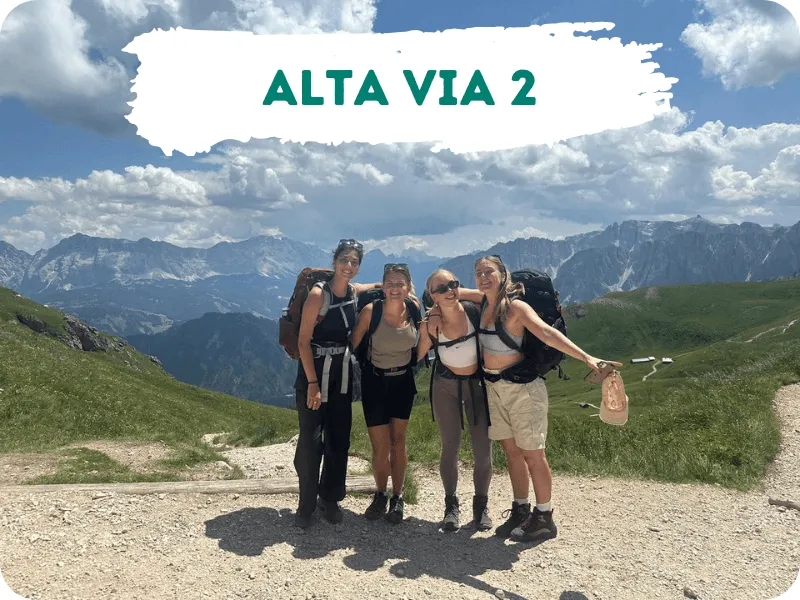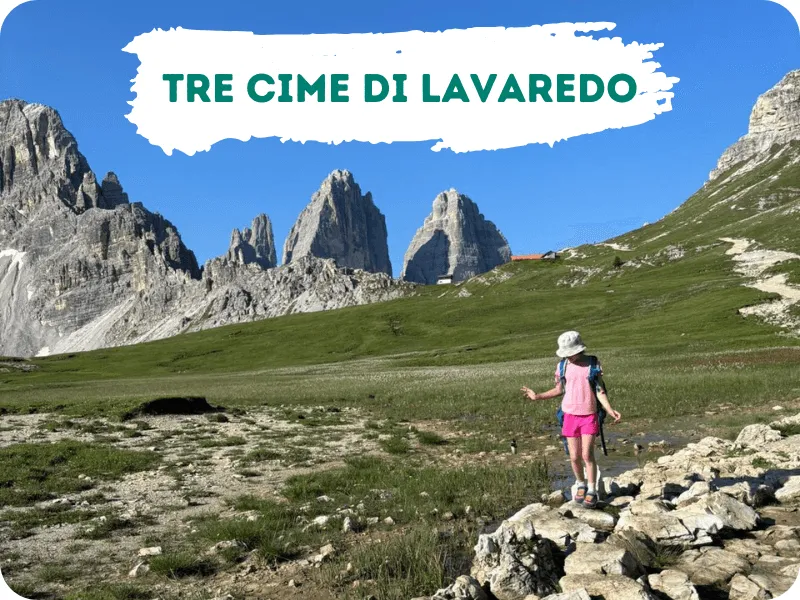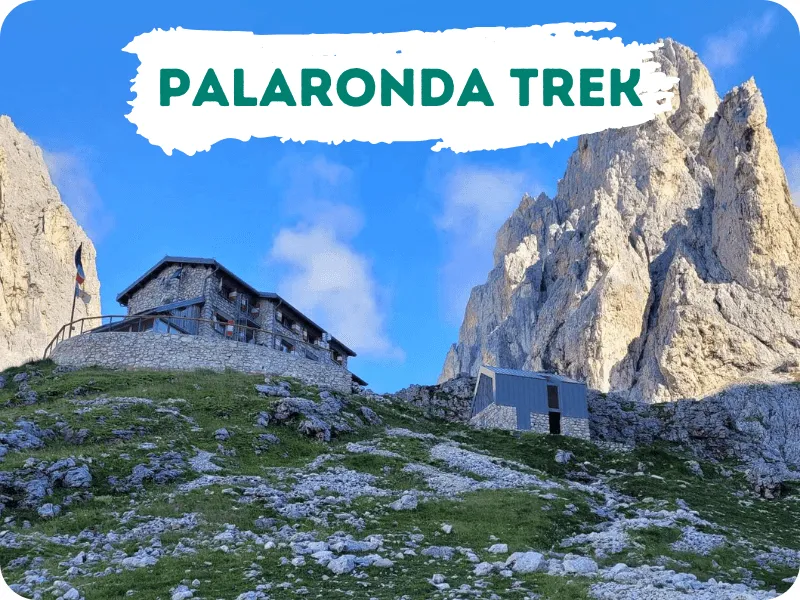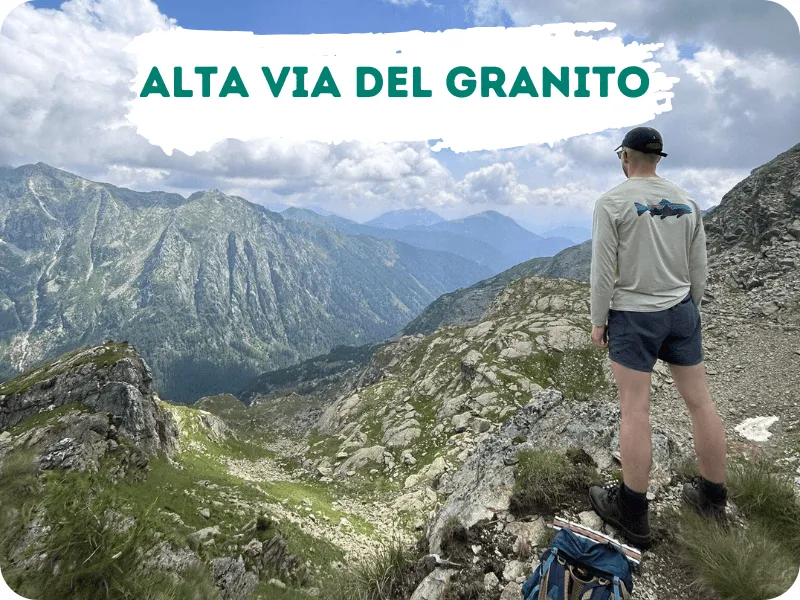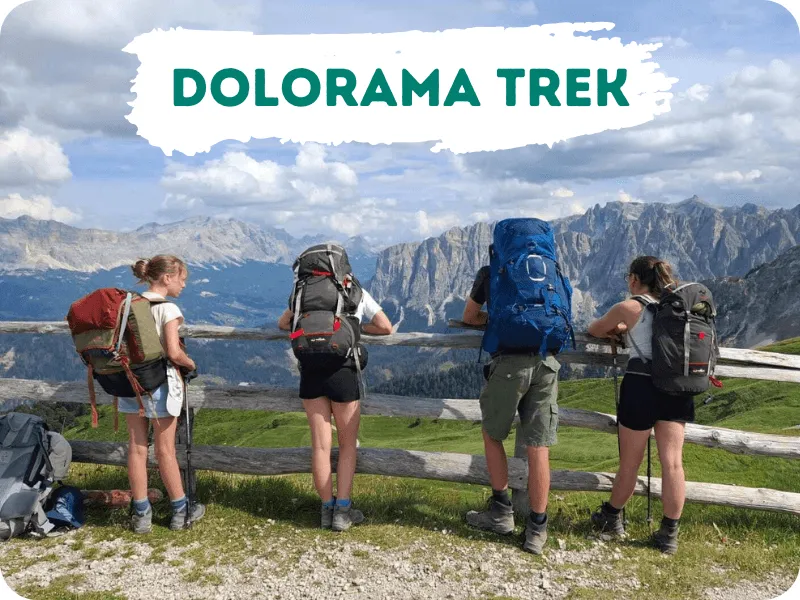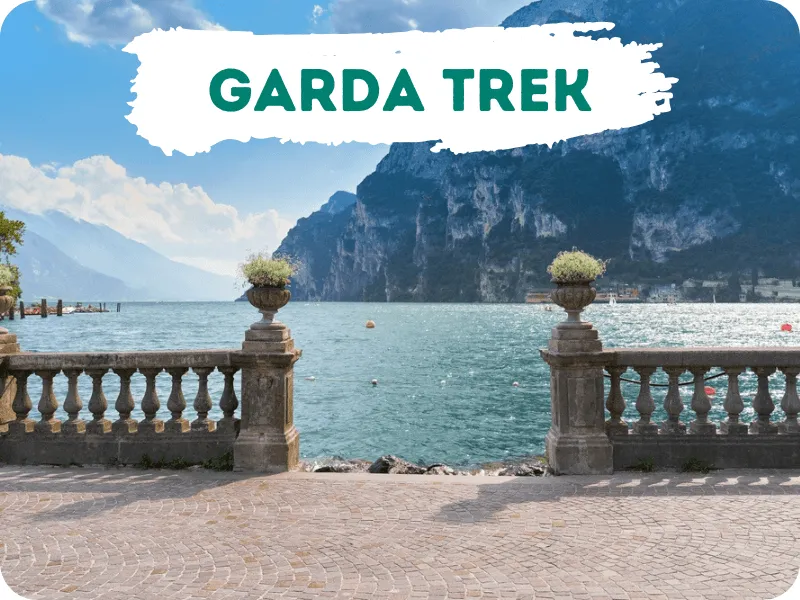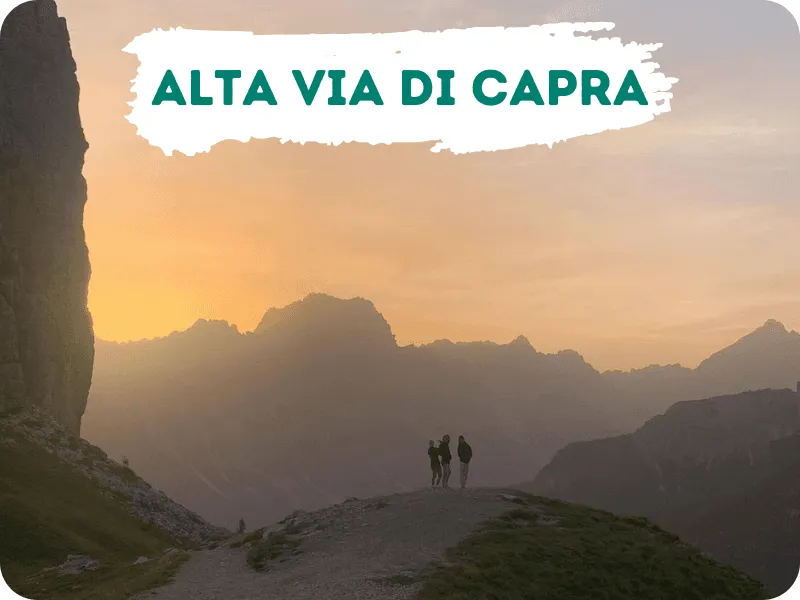⛰️ Experience the Dolomites Like Never Before without Stressing About Routes or Rifugios, Even If It’s Your First Time Hiking in Italy
You want to go hut to hut hiking in the Dolomites? Renowned for their UNESCO World Heritage status since 2009 and breathtaking alpine scenery, hiking reaches its peak in Alto Adige, also known as South Tyrol. Iconic multi-day routes like the Alta Via 1 and 2 offer jagged peaks glowing at sunset, well-marked trails, and cozy rifugios. Whether you’re after a three day trek, a four day route, or a five day adventure, we’ve got you covered, with special routes for first-time hikers and families with children. We are Bookatrekking.com and we will organise your Dolomites hut-to-hut trek.



